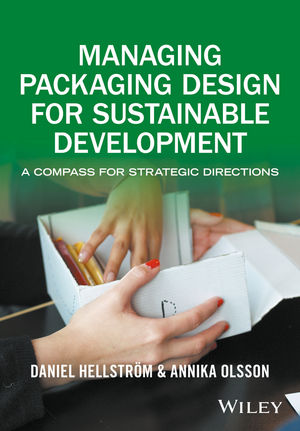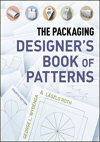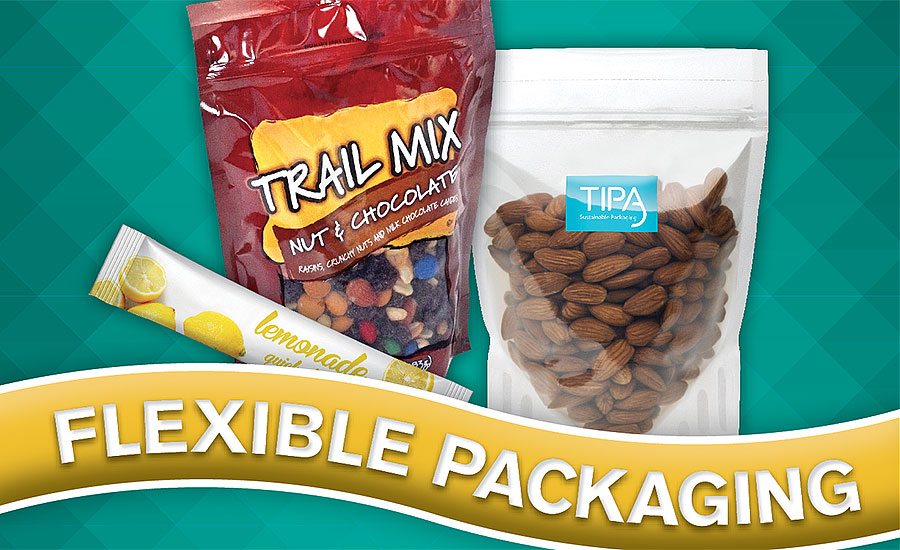Cover Feature
Flexible Packaging: Convenient for Consumers and the Environment
While the front-end benefits of flexible packaging are well documented, there’s still work to be done on the back end. But new innovations are paving the way for greater recyclability.












According to a study by the Freedonia Group, the U.S. demand for tube and stick packaging is expected to increase at a clip of 4 percent annually through 2018, where the Group expects the market to be valued at $2.1 billion. And if you ask Cindy Collins, flexible packaging business development manager, Avery Dennison, it’s easy to pinpoint the reasoning behind the projected growth.
“From a consumer standpoint, it creates a high level of satisfaction – that’s contributing a lot to the success of stick packs,” she says about the convenience of the single-serve format. “People like the stick – it’s easy to hold, it’s easy to tear and open. It’s one-time use. Use it and be done.”
But aside from the consumer benefits, Collins also points out one key benefit for flexible packaging converters – compared to other types of packaging, stick pack equipment is a low-cost investment.
“It takes up a whole lot smaller floor space,” she adds. “A stick pack machine is generally the size of two vending machines. It takes up very little floor space, it’s economical to buy and invest in. When you’re running sticks, they come in lanes. Let’s say that the normal ones we’re working with are 10-lane machines. You’re getting that many packets at a time across the way. It’s faster production for single use.”
Additionally, new developments in stick packs aren’t just making the packaging format more convenient for the consumer, but for the environment as well. Avery Dennison, for instance, released its Cello stick pack last June, which is a win-win on both fronts. The film, for instance, is bio-based cellulose, so it’s a much more eco-friendly face stock than those used for conventional stick pack films. But unlike similar sustainable film developments that have entered the market, the renewable cellulose film is very printable, Collins says.
“Often times, when you get into some of the more eco-friendly kinds of face stock, they don’t necessarily print and you can’t necessarily get the high-end graphics,” she explains. “But this particular product will (enable) the high-end graphics. (The graphics) are the selling tool, so you still want them to have the high-end graphics.”
Another key feature to the new stick pack, named Cello Stickpack Surlyn 300 HB, is that it doesn’t require any type of notch for opening. Instead, users will just pinch and tear. Converters, on the other hand, don’t have to worry about the myriad of issues that come when the notch is inserted incorrectly.
“From a security standpoint, you don’t have to worry about the notch being in the wrong place and powder escaping, you don’t have to worry about the notch tearing like it’s supposed to,” Collins says. “Pinch the top of the stick and peel right across. You’ve got a nice, clean opening that you can get everything out of the package with. The combination of the cellulose face with the easy-tear sealant allows you to get a perfect tear across the top and really open the entire stick.”
Collins says the Cello stick pack is ideal for everything from powders to gels to lotions.
Avery Dennison
(440) 358-2600
https://label.averydennison.com
Dow Brings Flexible Packaging Recycling to Fruition with RecycleReady Technology
Dow has released a platform that enables recyclable flexible packaging.
It’s called “RecycleReady,” and it helps converters create PE-barrier pouches that consumers are able to recycle at existing grocery store drop-off locations. The technology was created through collaboration with the Sustainable Packaging Coalition (SPC) and various other industry members.
According to Lamy Chopin, global development leader, Dow Packaging and Specialty Plastics, Dow’s Retain polymer modifiers are added into the film during the extrusion process. Pouches made with the film composed of Retain modifiers are then able to be recycled in a polyethylene recycling stream. Chopin says such barrier film packages are the first of their kind that are able to be recycled in this manner.
“It’s very new and novel from the standpoint that it’s good for the entire industry,” Chopin says. “Before you can start educating consumers, you have to have a solution. Now, there’s a solution.”
RecycleReady Technology in North America has been approved by the SPC’s How2Recycle program to use the Store Drop-Off label. Plastic film, wrap and bags carrying the Store Drop-Off label can be recycled at participating local retail and grocery stores. It’s estimated that about 60 percent of all Americans have access to store drop-off recycling.
Dow Packaging and Specialty Plastics
www.dowpackaging.com
Tipa’s Compostable Pouches Challenge the Industry to ‘Think Green’
“Tipa is developing and producing a new generation of films that are highly functional in their physical properties — smooth, printable, transparent, heat-sealable, etc. — and sustainable,” says Elzaphan Hotam, Tipa’s vice president of sales.
The company offers transparent and nontransparent laminates for its form, fill and seal pillows, standup pouches and bags, which are used for food items like granola bars, potato chips and fresh produce. The products also have mechanical and shelf-life properties similar to plastic in terms of durability, sealing strength, transparency and flexibility.
“The majority of flexible packages today end their life in landfills or (in) our oceans, where they remain intact for hundreds of years, thus accumulating and further putting environmental stress on our biosphere for generations to come,” Hotam says. “We believe it’s essential to implement strategies (that) can make consumers’ disposal easy and carefree, while allowing such packaging to be eliminated or … turned into a resource for the planet as quickly as possible after it ended its functional life as a package.”
Tipa Corp.
(973) 993-3135
www.tipa-corp.com
Looking for a reprint of this article?
From high-res PDFs to custom plaques, order your copy today!
















